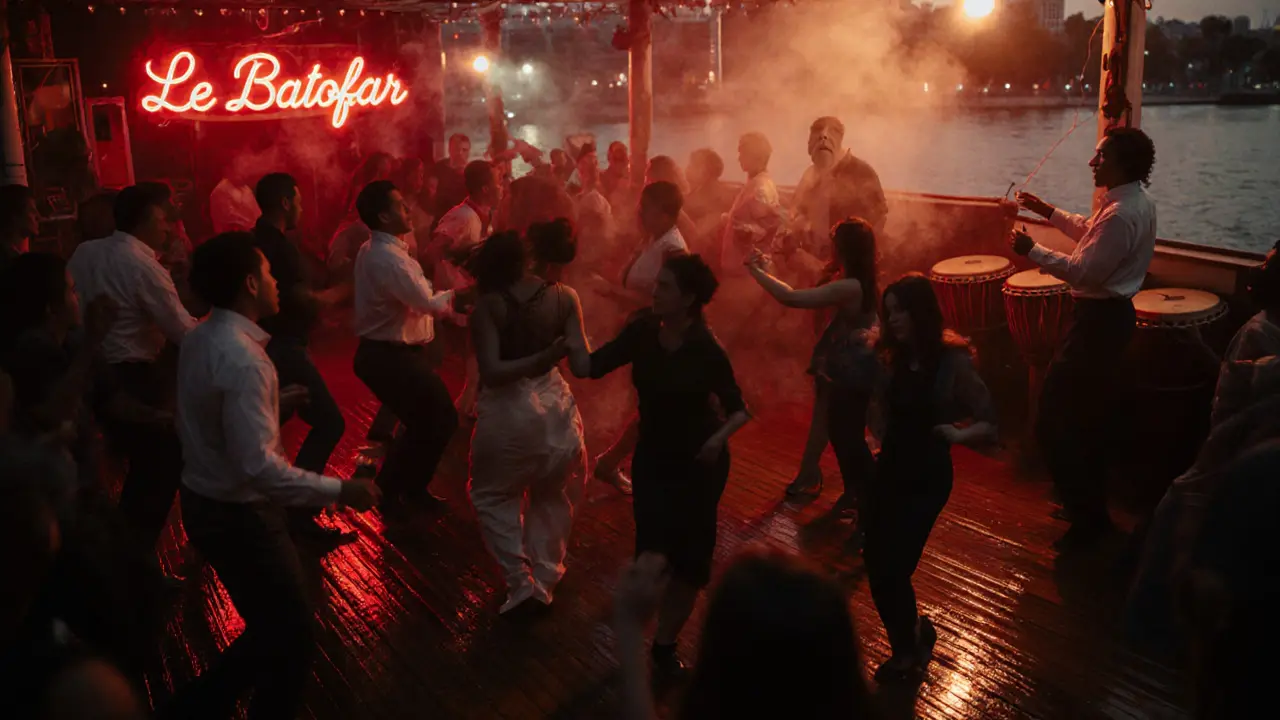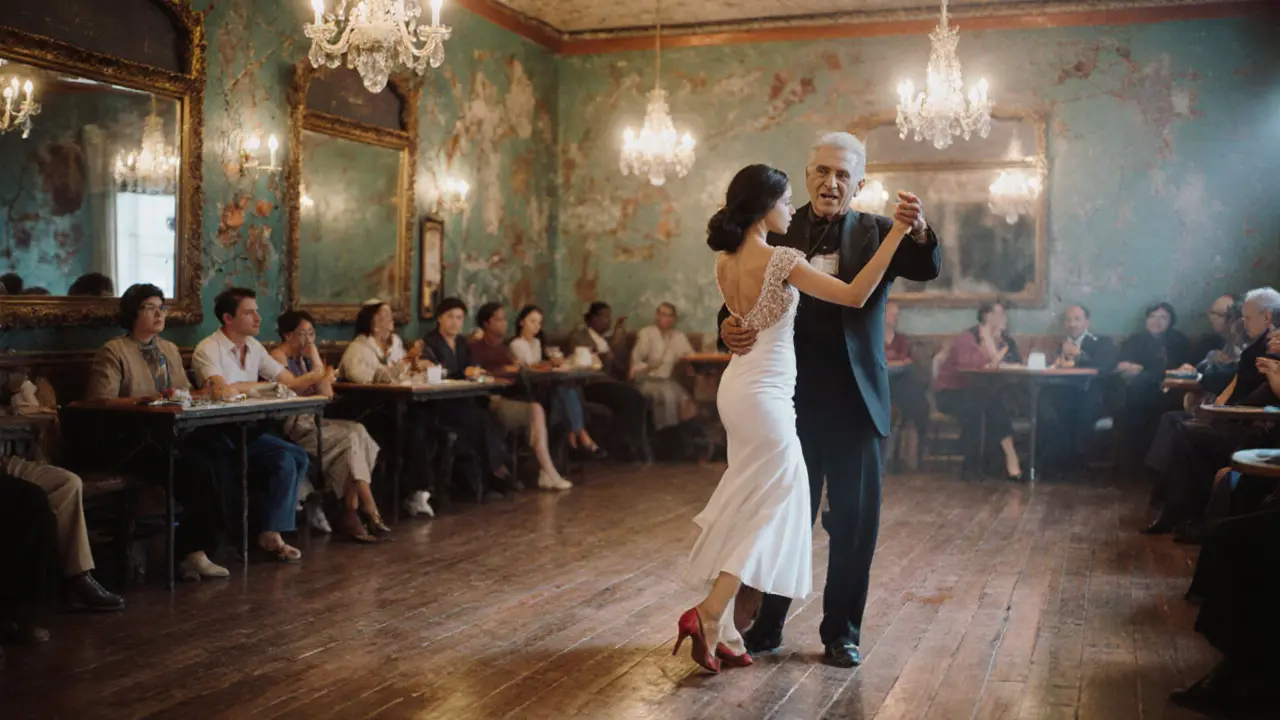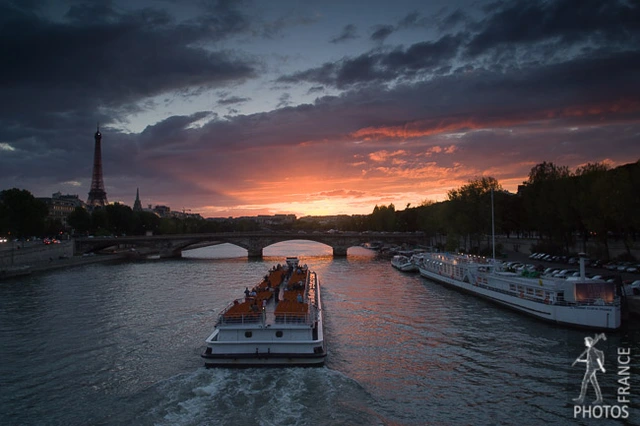Paris isn’t just about croissants and the Eiffel Tower. By 10 p.m. on a Friday, the city transforms. The streets quiet down, but inside dimly lit basements and hidden courtyards, the rhythm of salsa, bachata, and cha-cha takes over. If you’ve ever danced under string lights in a packed Parisian club, you know it’s not just about the music-it’s about the connection, the sweat, the spontaneous footwork that turns strangers into partners. This isn’t tourist theater. This is real Latin nightlife, and it’s thriving.
La Cigale: Where Salsa Meets Parisian Soul
La Cigale isn’t a nightclub. It’s a cultural institution. Opened in 1893, this historic venue on Rue de la Chapelle still has its original stained glass and velvet booths, but tonight, it’s pulsing with Colombian and Cuban beats. The crowd? Mix of locals in sleek black dresses, expats who’ve been here five years, and tourists who stumbled in after hearing the music spill onto the street. The house band, Salsa Paris Live, plays every Friday. They don’t just cover hits-they remix them. You’ll hear a classic Celia Cruz track drop into a modern reggaeton groove, and suddenly, the whole floor is moving as one.
Don’t come here to sit. Come to dance. The floor is small, packed tight, and everyone knows the rules: no blocking the center, no showing off for cameras, and always ask before leading. The energy isn’t flashy-it’s deep. You’ll leave with sore feet and a new friend who speaks three languages but only dances in Spanish.
Le Batofar: The Riverboat That Never Sleeps
On the Seine, moored near the Gare d’Austerlitz, sits Le Batofar-a converted barge that’s been the heartbeat of Paris’s underground Latin scene since 2018. It’s not fancy. The lights are red, the speakers are loud, and the stairs are steep. But the music? Pure. No DJs here. The nights are curated by La Rumba Collective, a group of Cuban and Dominican musicians who’ve lived in Paris for over a decade. They bring live percussion, congas, timbales, and a singer who can hit notes that make your chest vibrate.
They play authentic salsa dura on Tuesdays and bachata on Saturdays. No English announcements. No VIP tables. Just a crowd of 300 people, dancing in circles, sweating through their shirts, laughing when someone slips on the wet floor. It’s the kind of place where you’ll meet someone from Mexico City who moved here for art, and they’ll invite you to their weekly home jam in Belleville. You say yes. You go. You never regret it.
Le Balajo: The Last of the Old-School Dance Halls
Open since 1926, Le Balajo in the 14th arrondissement feels like stepping into a 1950s Havana film. The floor is wooden, the mirrors are cracked, and the air smells like old perfume and rum. This is where Paris’s first salsa teachers-mostly Cuban refugees from the 1960s-taught their first classes. Today, it’s run by Marisol Ruiz, a 72-year-old Cuban woman who still dances every Friday night.
They host Les Soirées Cubaines every second Friday. No cover charge before 11 p.m. The music is all vinyl-no playlists, no apps. You’ll hear tracks from the 1970s: Johnny Pacheco, Machito, Tito Puente. The crowd is mostly 40+, but young dancers come to learn. There’s a lesson at 9 p.m., free for anyone who shows up. You don’t need a partner. You don’t need to know the steps. Just show up. Marisol will find you a spot on the floor and guide you with a nod and a smile.

La Coupole: Not What You Think
Don’t confuse it with the Montparnasse restaurant. This is La Coupole Nightclub, a tiny basement space under a bookshop in the 11th. It’s unmarked. No sign. Just a red door with a brass bell. Ring it. If you’re lucky, the bouncer-Jean-Claude, a retired dancer from Guadeloupe-will let you in. He knows your face by now.
This is where the real pros go. The dancers who’ve competed in world championships. The teachers who run studios in Montmartre. The ones who don’t post on Instagram. The music here is Afro-Cuban jazz mixed with Haitian kompa. It’s complex. It’s slow. It’s deep. You won’t find this anywhere else in Paris. The crowd is quiet before the music starts. Then, in one beat, the room explodes. No shouting. No flashing lights. Just movement. Precision. Silence between steps.
Where to Learn Before You Dance
If you’ve never danced salsa before, don’t panic. Paris has some of the best beginner classes in Europe. École de Salsa Paris on Rue des Pyrénées offers drop-in lessons every Tuesday and Thursday. The instructors speak English, French, and Spanish. The price? €12 per class. No contract. No pressure.
Or try La Rumba Academy in the 18th. They host a monthly Open House where you can try three styles-salsa, bachata, and kizomba-in one night. The teacher, Diego, moved here from Medellín and has taught over 5,000 students. He says: “You don’t need to be good. You just need to be willing to look silly for five minutes.”

What to Wear
Parisians dress for the music, not the crowd. For salsa nights, women wear low-heeled shoes with grip-no stilettos. Men wear dark jeans and a button-down shirt, untucked. No suits. No ties. No sneakers. The rule is simple: look neat, but move easy. If your shoes squeak, you’re not ready. If your shirt sticks to your back by 11 p.m., you’re doing it right.
When to Go
Salsa nights in Paris aren’t on weekends. They’re on Tuesdays, Thursdays, and Fridays. Weekends are for tourists and DJs playing pop remixes. The real scene starts Tuesday night at 9 p.m. and doesn’t end until 2 a.m. Le Batofar fills up fastest-arrive by 10 p.m. La Cigale is packed by 11. Le Balajo is quiet until midnight, then it turns into a living room with a band.
Check Instagram for updates. But don’t rely on it. The best spots don’t post. They whisper. Ask the barista at your local café. Ask the taxi driver. Ask someone who’s been dancing here for years. They’ll tell you where to go.
Why This Matters
Paris isn’t a Latin city. But it’s become a home for Latin culture-not as a trend, but as a lived reality. The salsa clubs here aren’t themed bars. They’re community centers. They’re where people from 20 different countries come together and speak one language: rhythm. You don’t need to know French. You don’t need to know Spanish. You just need to feel the beat.
And when you leave, you won’t remember the name of the club. You’ll remember the hand that guided you through a turn. The laugh when you stepped on someone’s foot. The way the lights dimmed just as the congas kicked in. That’s the magic of Latin nightlife in Paris. It’s not about the place. It’s about the people.
Is salsa dancing popular in Paris?
Yes. Paris has one of the largest and most active salsa communities in Europe, with over 50 weekly classes and 15 dedicated clubs. The scene grew from Cuban and Colombian immigrants in the 1980s and now includes dancers from over 40 countries. Events like the Paris Salsa Festival draw 3,000+ people each year.
Do I need to pay to dance at these clubs?
Most places charge €5-€10 at the door, but some, like Le Balajo, have no cover before 11 p.m. Some clubs include a free lesson with entry. Drinks cost €8-€12. No club forces you to buy a drink to dance. If someone tells you otherwise, walk out.
Are these venues safe for solo travelers?
Absolutely. The Latin dance scene in Paris is known for being welcoming and respectful. Women dance alone often. Men rarely approach strangers without asking. Most clubs have security, and the community looks out for each other. If you feel uncomfortable, leave. But most people say they’ve never felt safer dancing than in these Paris clubs.
Can I just show up without a partner?
Yes. In fact, most people come alone. The culture here is built on rotating partners. Teachers encourage it. It’s how you learn faster. If you’re nervous, just smile and say “¿Puedo bailar contigo?” Everyone says yes. You’ll dance with five people in one night.
What’s the best time to visit for Latin nightlife?
September to June is peak season. Summer (July-August) is quiet-many locals leave the city. The best nights are Tuesday and Thursday, when the crowd is local and the music is authentic. Avoid weekends unless you want a tourist crowd. Check club Instagrams for special events-some host guest dancers from Cuba or Colombia.





